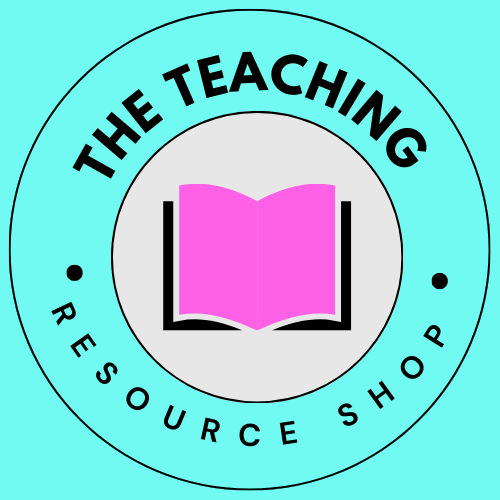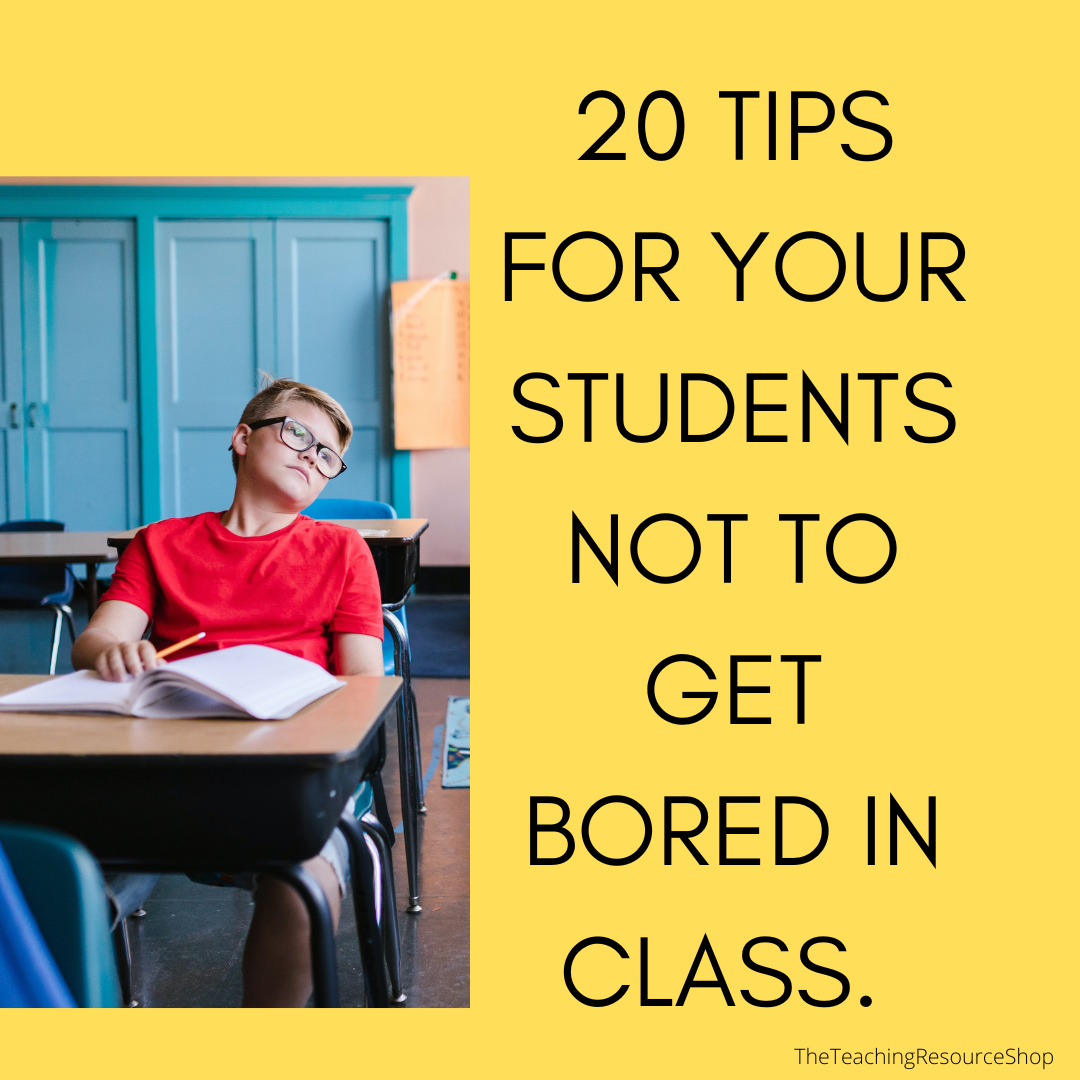20 Tips For Your Students Not To Get Bored In Class
1. Engage: Capture students' interest by making the content relevant, appealing, and interactive. Use engaging materials and activities to maintain their attention.
2. Interactive: Foster active participation through discussions, activities, and hands-on exercises. Encourage students to ask questions and contribute to the learning process.
3. Varied activities: Include a mix of activities such as group work, individual tasks, discussions, games, and multimedia presentations to cater to different learning styles and keep the class dynamic.
4. Hands-on projects: Provide opportunities for students to apply knowledge in real-life scenarios through hands-on projects that promote creativity, critical thinking, and practical skills.
5. Real-world examples: Use real-world examples to illustrate concepts and show the relevance of the material to students' lives. This can help make abstract concepts more concrete and engaging.
6. Group work: Foster collaboration and communication skills by incorporating group work activities that encourage teamwork, problem-solving, and peer learning.
7. Technology integration: Utilize technology tools like interactive whiteboards, educational apps, and online resources to enhance learning experiences and engage students in a tech-savvy environment.
8. Field trips: Organize educational field trips to relevant places that complement classroom learning and provide students with hands-on experiences outside the school environment.
9. Discussion: Promote active participation and critical thinking through class discussions where students can express their opinions, ask questions, and engage in meaningful dialogue with their peers.
10. Gamification: Incorporate game elements such as points, rewards, and challenges into lessons to make learning more engaging, competitive, and enjoyable for students.
11. Humor: Use humor appropriately to create a positive and enjoyable learning atmosphere, relieve tension, and connect with students on a more personal level.
12. Peer teaching: Encourage peer teaching and collaborative learning by assigning students to teach each other, which can enhance understanding, communication skills, and confidence.
13. Visual aids: Use visual aids such as diagrams, charts, videos, and infographics to enhance understanding, reinforce key concepts, and cater to visual learners.
14. Storytelling: Use storytelling techniques to make lessons more engaging, memorable, and relatable, helping students connect emotionally with the content.
15. Problem-solving tasks: Incorporate problem-solving activities that challenge students to apply their knowledge, critical thinking skills, and creativity to solve real-world problems.
16. Debates: Organize debates on relevant topics to encourage critical thinking, research skills, public speaking, and respectful argumentation among students.
17. Brain teasers: Include brain teasers and puzzles to stimulate critical thinking, problem-solving skills, and mental agility while providing a fun and challenging learning experience.
18. Personalized learning: Tailor instruction to meet individual students' needs, interests, and learning styles to make learning more relevant, engaging, and effective.
19. Encourage questions: Create a supportive environment where students feel comfortable asking questions, seeking clarification, and engaging in discussions to deepen their understanding.
20. Encourage creativity: Foster creativity by providing opportunities for students to express themselves, think outside the box, and explore new ideas through open-ended projects and activities.

